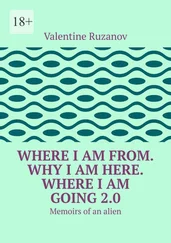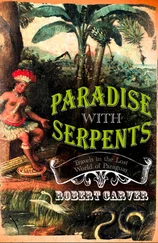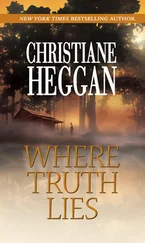Strange, I thought, the way that name comes off the tongue: Ishmael.
I drank swiftly and earnestly.
I remember a cab ride through the metro district. I remember standing amid the fragrant furrowed earth of the bean field to behold the quarter moon. I remember part of a movie, a long hot shower that didn’t slow the cold shivers of my body, the tequila and beer vanishing, a late-night taxi stop to get more, words with two men as I got back into the cab, the way the floor of the apartment seemed to pivot steeply in alternate directions as I navigated my way across it. I remember fast-food wrappers flying out the window of a car I wasn’t driving. I remember a phone booth. I remember vivid dreams — I can only assume they were dreams — of caves and girls and women and various methods of execution, my body always on the verge of something either deadly or pleasureful, neither of which was consummated, and swirling planes of bright stars in a blue night, and smells. I remember the smells of damp stone, blood and sagebrush, female sweat. I remember dreaming that Donna crawled into bed with me and held my naked, clammy form and tried to reassure me. That morning when I awoke she was in fact there, splendidly fresh and dressed for work, running her fingers through my damp hair.
I felt like I’d returned from death itself. But I didn’t know how to feel about it.
I looked up at her.
“You said some crazy things last night,” she said. Her expression was more interested than accusatory.
“Bad. Dreams.”
“No. You were awake still. Lots of talk about the pictures. What pictures?”
“Hm?” There was a riot of pain, an insurrection of agony led by my soul.
“The pictures. Don’t you remember anything you said?”
“Uh-uh.”
“You kept saying the pictures had followed you. The pictures had caught you. Someone was trying to get you. What were you talking about?”
“Beats me,” I managed.
She brought me a cup of coffee, sat on the bed beside me and put her cool hand on my head. I closed my eyes. I could tell by the turn of her wrist that she looked at her watch.
“You and Melinda had a fight. You did tell me that much. I’m sorry for that. It brought us together for a night, but I’m still sorry.”
I looked at her. “No. I am. Sorry. About last night. About everything.”
“You don’t have to be, Terry. But you really ought to come clean with me. I can live with half of you for now, but that half’s got to be all there.”
“Yeah. I’m trying.”
“What’s happening?”
“Not sure yet. Special duty. I really can’t tell you about it. You know — regulations.”
She looked down at me with frank suspicion. Even through the throbbing fog in my brain I could tell she was vetting my stories. I was dully aware that that’s what she did for a living. She looked at her watch again. She leaned down and wrapped my head in her arms and whispered in my ear, Terry, I got to be at the newsroom in thirty-five minutes. It’s a half-hour drive this time of morning. That leaves five minutes to spare and I’m going to use that time to tell you something you might not understand.
I watched her make some adjustments in her underthings, then climb over me. She looked like she might on TV, the upper half of her a thing of beauty and intelligence, the lower half of her unseen. But that lower half was connected to me in a way that made me want to stay right there with her forever. It was like being plugged straight into heaven. Like a live feed from an angel. She closed her eyes. Her bangs dangled and cast moving shadows on her forehead. I heard the bathroom water running. Before she left she kissed me on the lips, then cheek, then stood there looking down at me.
She touched my face with her fingers. “I hate mysteries. I hate all the things you don’t tell me, all the mysteries you hold back. I like the truth. And I like things I can see and touch and hold — things that prove the truth. I love you, too, Terry Naughton. But you sure don’t make it easy.”
Darien Aftergood was an old acquaintance of mine from high school. We were both second-string guards for the freshman basketball team, the Laguna Artists, and we went 3-14 that year. I couldn’t really handle the ball and he couldn’t really shoot, but we had the boundless hustle of second stringers everywhere. We were skinny kids who rarely had our heads in the game. We left the hoops after that first year. He started running with the art-theater crowd and I spent my afternoon surfing Brooks Street. Darien must have taken our mascot name literally. Now he’s an artist and gallery owner in Laguna, with a studio/gallery/apartment downtown on Ocean Avenue. Darien is plugged into the art world at a hundred different sockets. He guest-curates for the Orange County Art Museum; he organizes shows at his own space; he is a critic for two national magazines and his work has been collected and shown around the world. He’s a photographer who manipulates his images in the lab. The results are images that sometimes look like photographs, but aren’t photographs at all.
He tried to explain to me, through the painful haze of my hangover, how he manages to create pictures that look so real but aren’t.
“We have to define ‘reality’ if we’re going to get anywhere, Terry. The reality of the image is what you see. It doesn’t exist until the artist creates it. To say it isn’t real misses a large part of the whole point. For instance, how can you say that this image isn’t a reality?”
I looked at the picture on the wall in front of us. We were standing in the main room of his little gallery. The art was done by a New York compatriot of Darien’s, and it depicted a huge can of tuna fish, upright on its side in the middle of an expansive American prairie. Two photographically “real” people stood in the foreground and looked upward at the can. The photographically “real” tuna fish can was about sixty feet tall.
“But that scene never took place,” I said. “It might be a real image, but it’s based on a false event.”
“No, not really, Terry. It’s not based on an event at all. The event is the image. The event doesn’t take place until the artist brings it into being.”
“But there’s no reality there.”
“Literal visual truth — as you’re referring to it — died decades ago. We photographers killed it. Even National Geographic was reworking its photographs for the magazine, I mean taking some pretty big liberties by the standards of journalism. Look at any supermarket tabloid. You can see the splices quite easily. But on a work like this, you can’t. It’s a matter of degree.”
“How did he do it?”
Darien explained the process: a combination of digital imaging and an Iris printer, which uses continual ink-jet technology to apply colored ink to paper or canvas; photographs altered with painted passages, combined with monoprints of video footage of computer-generated images; enlarged Polaroid prints; and images drawn from a digital file. You just scan in an image, he said, then go to work on it with the Adobe Photoshop program on your computer and hurl 129 megabytes of power at it.
“I’ve been working on some traditional, labor-intensive processes too,” he said. “That involves producing photographic prints using pigment transfer and platinum printing. The pigment transfer is suspending the pigment in gelatin or gum Arabic, then building up layers of the color. The interesting thing about the older process is that the color will be stable on the paper for five hundred years. It’s time consuming and expensive.”
I nodded. The price tag for the giant tuna can was $1,400.
“Is it one of a kind?”
Читать дальше
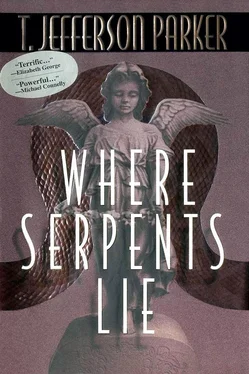


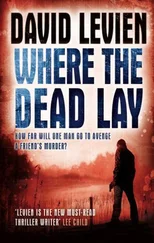
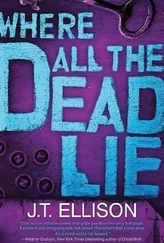
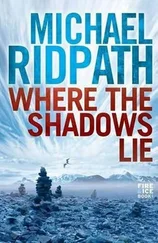
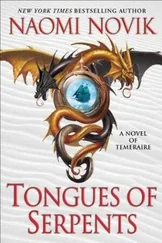

![Джеффри Дивер - Where the Evidence Lies [A Lincoln Rhyme Short Story]](/books/403782/dzheffri-diver-where-the-evidence-lies-a-lincoln-r-thumb.webp)
